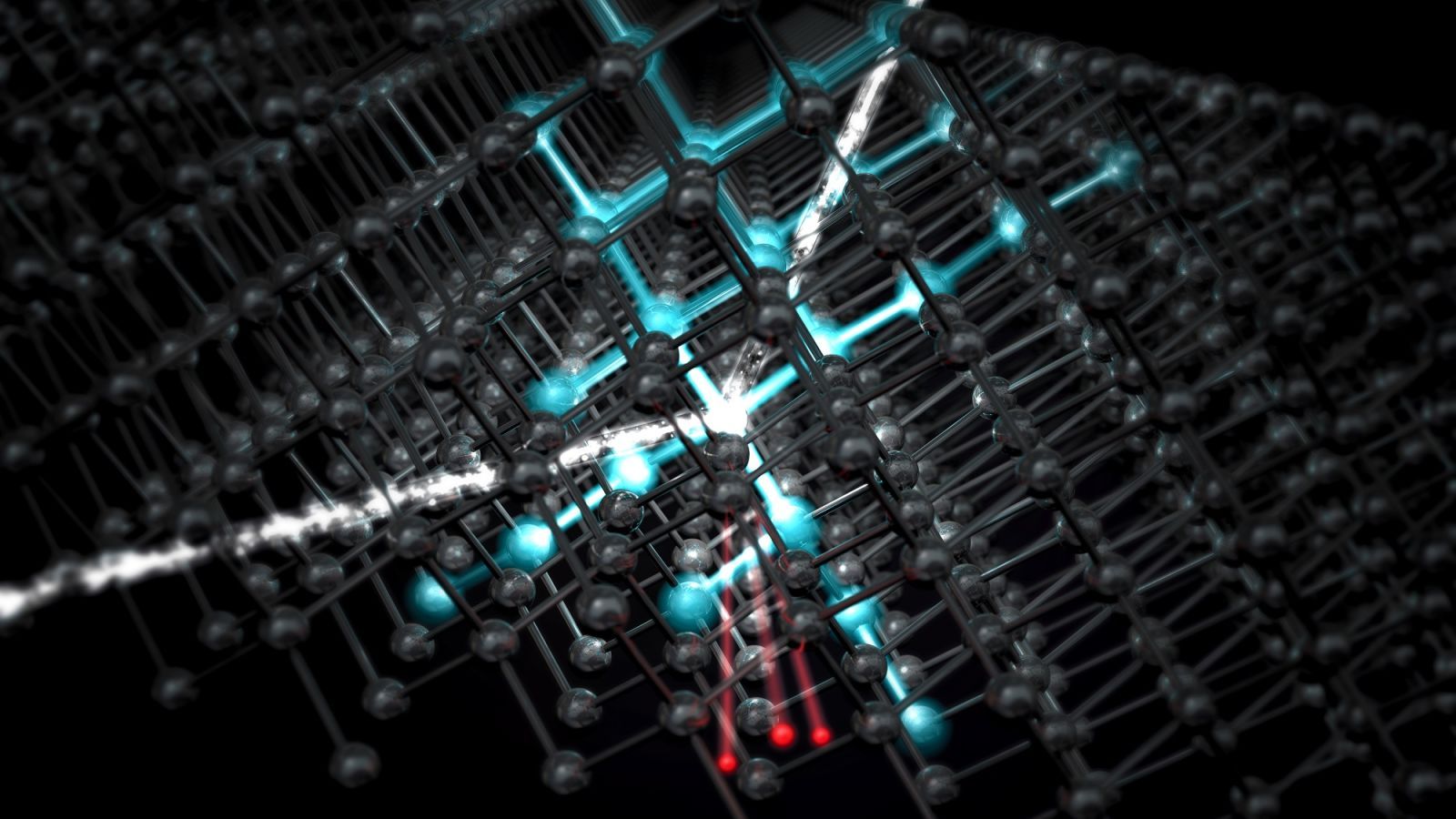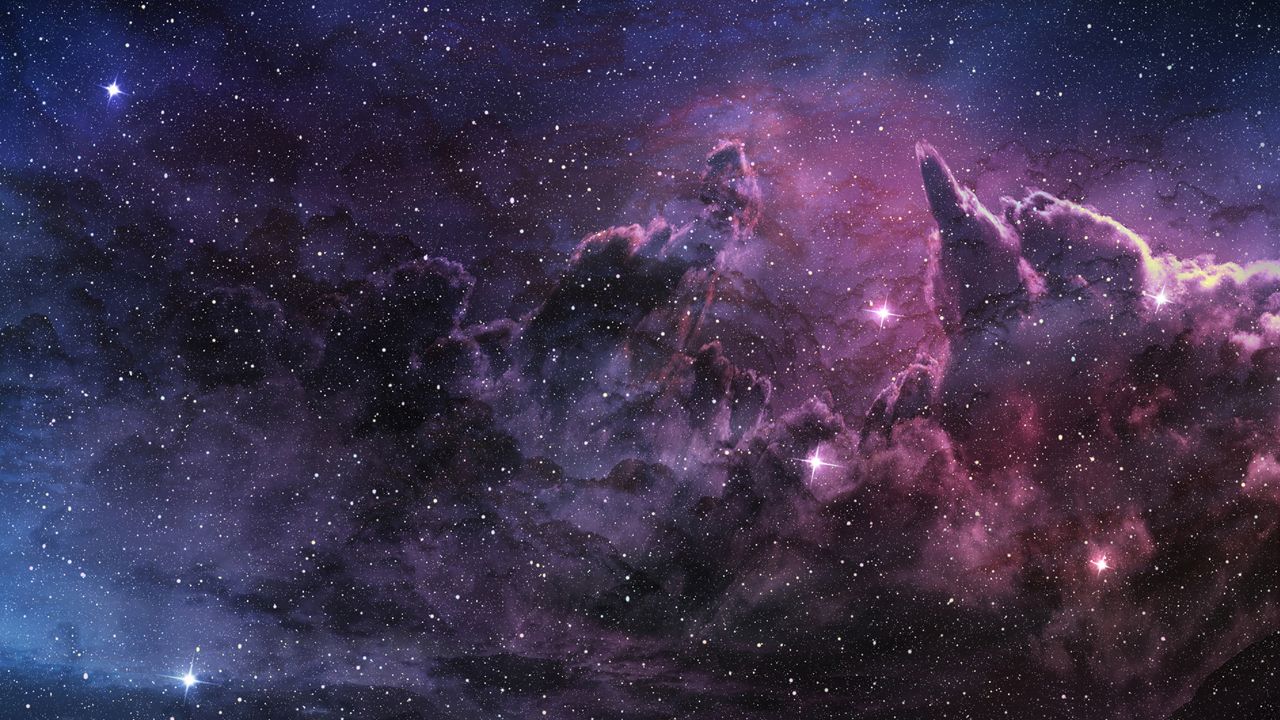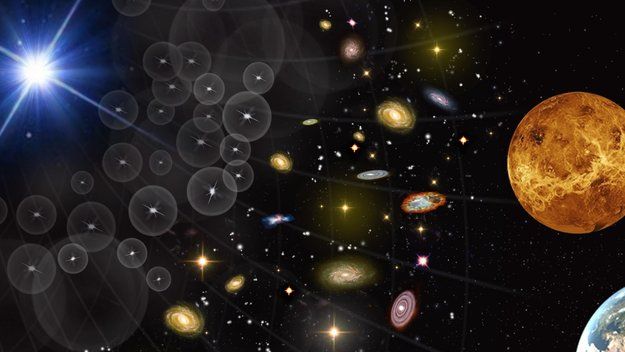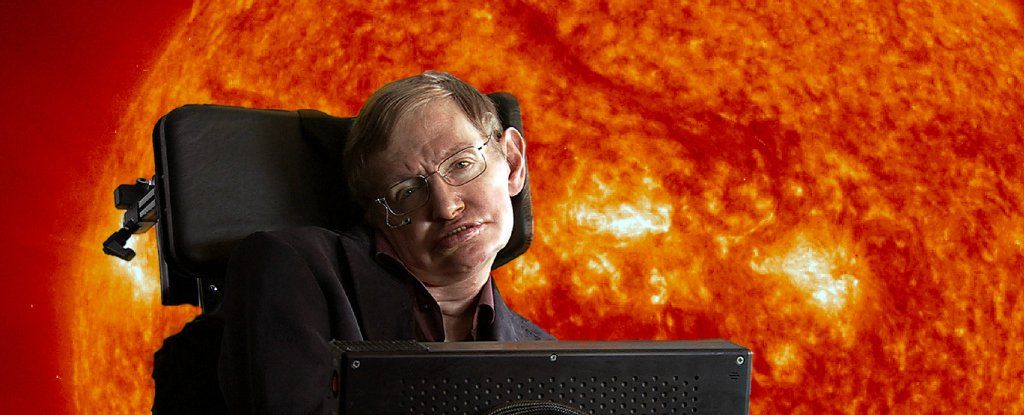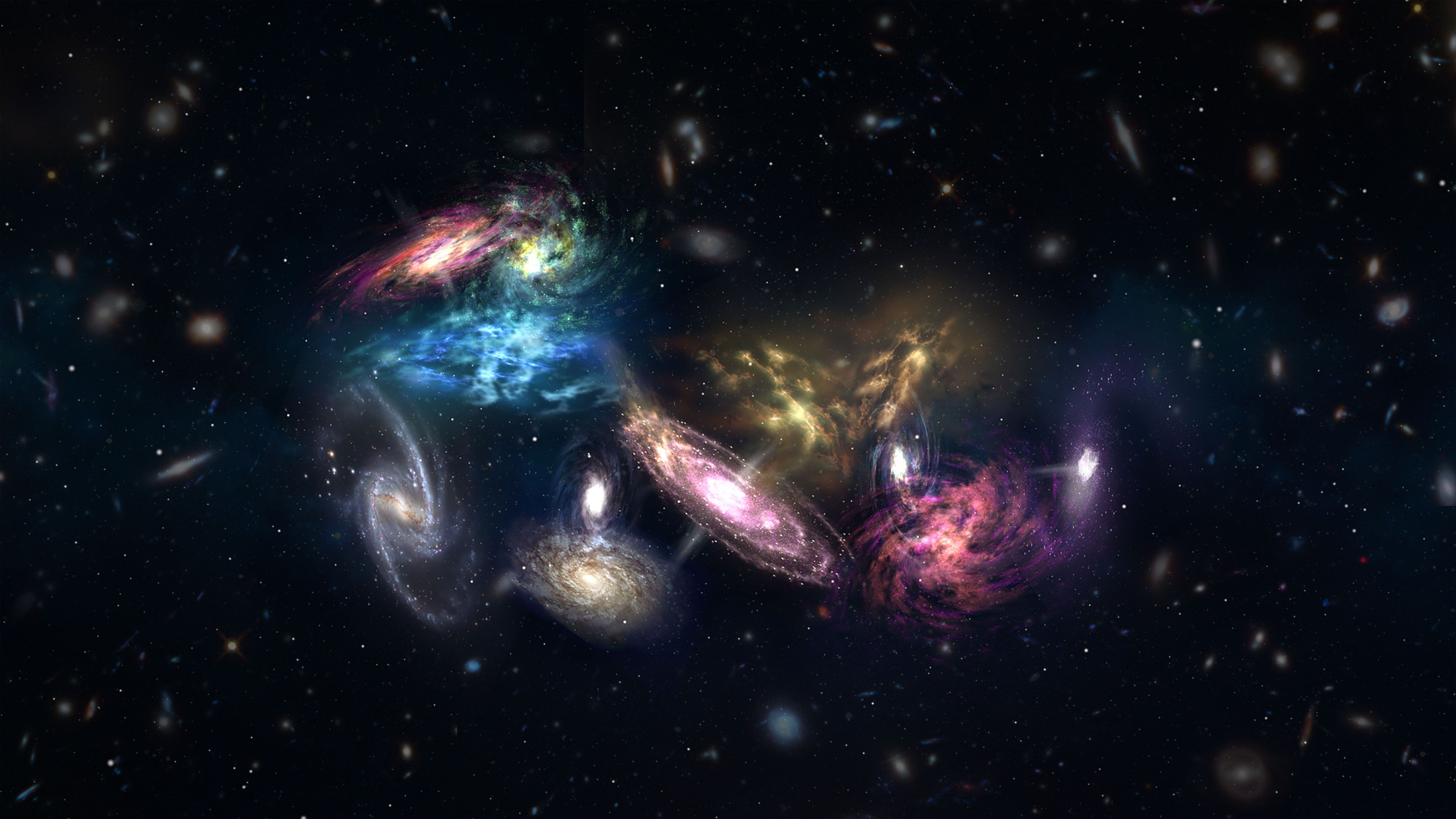May 10, 2018
A Rogue Star Hurtling Towards The Solar System Is Going to Arrive Sooner Than We Realised
Posted by Genevieve Klien in category: cosmology
According to new calculations, we may have a little less time to prepare for a star on course to kiss the edges of our Solar System.
Yep. Dwarf star Gliese 710, which we’ve known about for some time, could now arrive in 1.29 million years, instead of the previously calculated 1.36 million years.
Gliese 710 is what is classified as a rogue star — one that has gone roaming across the galaxy, free of the gravitational chains that normally hold stars in position.
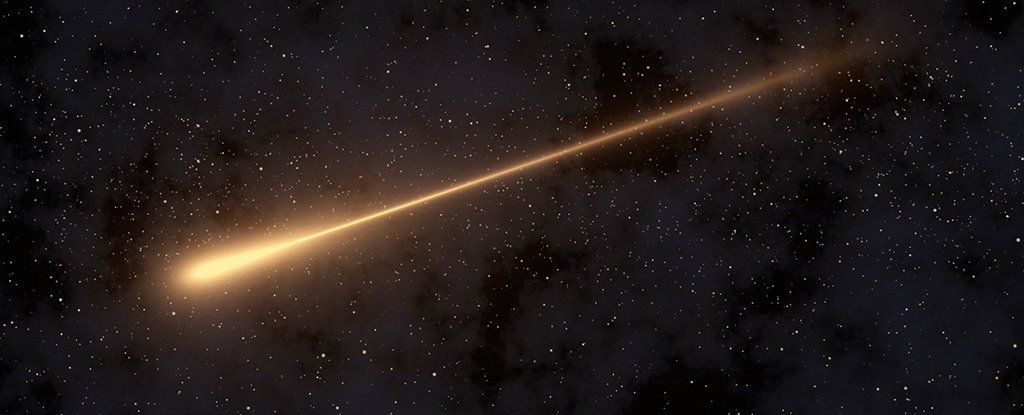
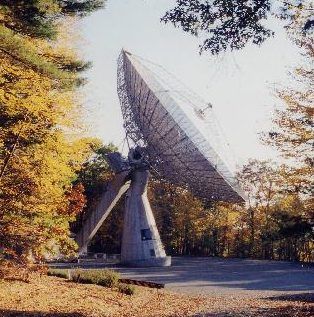 The Fermi Paradox has always fascinated me, perhaps because SETI spokesperson, Carl Sagan was
The Fermi Paradox has always fascinated me, perhaps because SETI spokesperson, Carl Sagan was 